©2025 Western Forest Products. All rights reserved.
Yellow Cedar, also known as Nootka Cypress, Alaska Yellow Cedar and Yellow Cypress is native to North America’s west coast, from the Kenai Peninsula in Alaska to the Klamath Mountains in northern California. The species typically grows on wet, sloped mountain sides at higher altitudes where tree growth is slow and steady. It is this growth environment that gives Yellow Cedar the distinctive characteristics that make it so popular around the world.
Callitropsis Nootkatensis, the scientific name for Yellow Cedar, is an evergreen tree growing up to 40 meters (131 feet) tall, commonly with pendulous branches. The foliage grows in flat sprays, with dark green, 3–5 mm long scale-leaves.
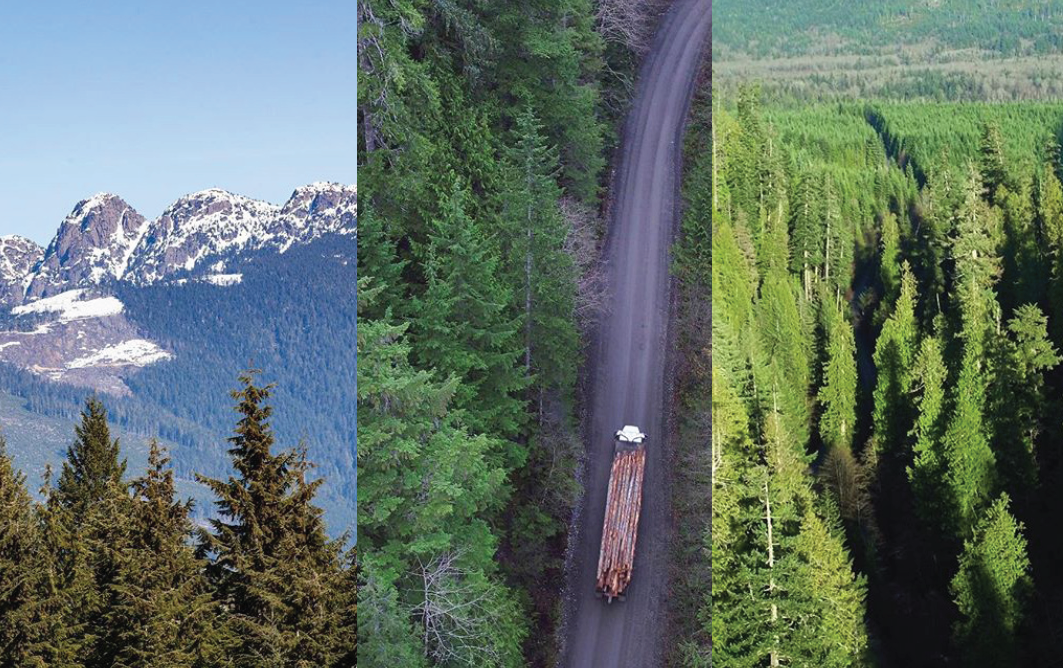
WFP TRUESTYLE Yellow Cedar adds natural, enduring beauty to architectural projects, interior and exterior finishes as well as decks and outdoor structures. Prized the world over for its smooth, rich texture and straight grain, Yellow Cedar offers a distinctive honey-yellow color that creates a modern, prestigious look. Yellow Cedar is suitable for a vast array of applications where appearance is important, and strength and durability are not negotiable.
Thanks to naturally occurring rot-repelling tannins and oils, this species is weather and insect resistant. It has no pitch, so it takes stains and finishes well.
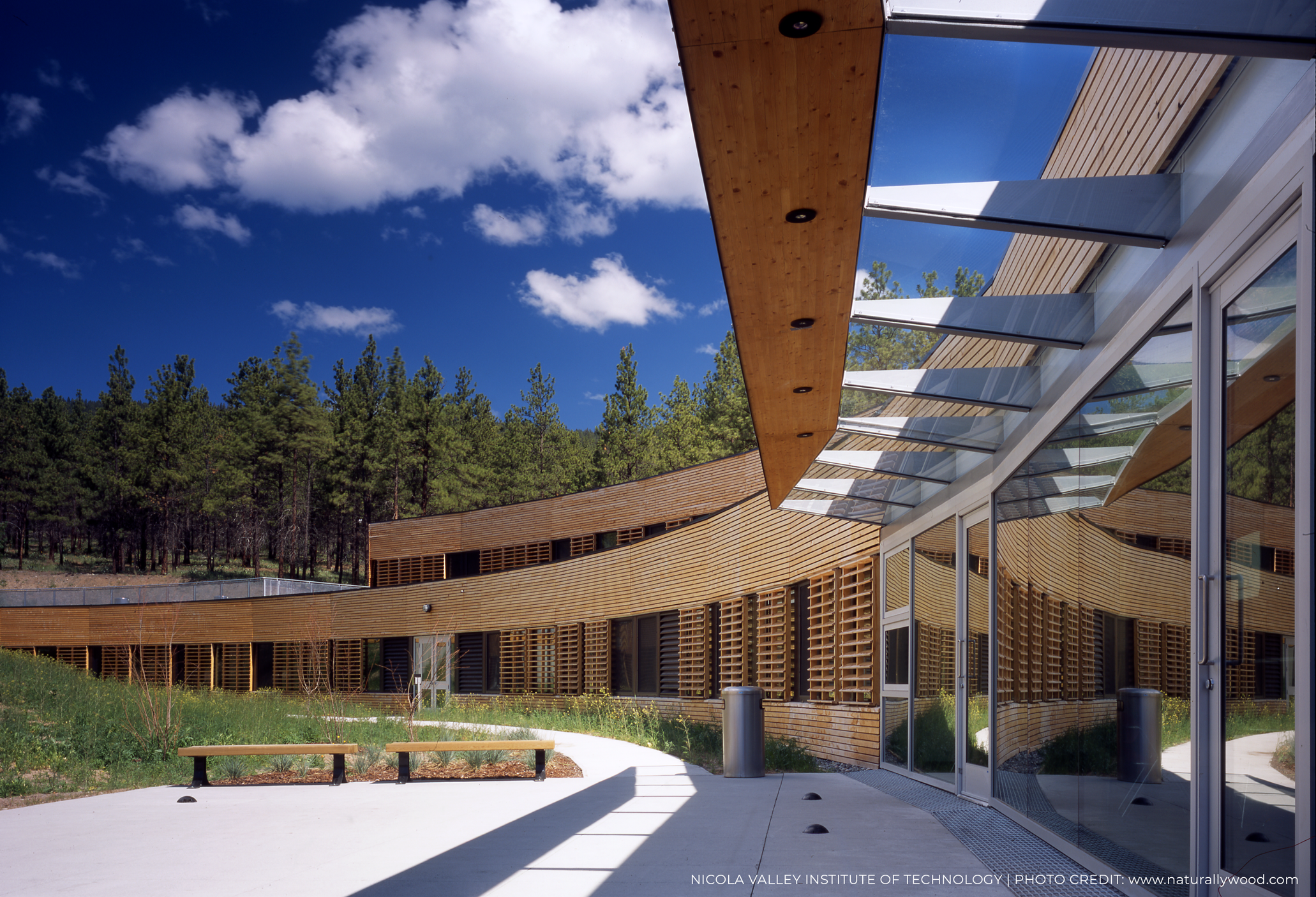
![]()
With its fine, straight grain, creamy texture and soft-white to honey-yellow color, Yellow Cedar creates stunning projects.
![]()
Similar in strength to Douglas Fir, Yellow Cedar is a dense and stable wood. In fact, it’s the hardest cedar in the world.
![]()
Although dense, Yellow Cedar is easy to cut, drill and sand, and lighter than most hardwoods.
![]()
Yellow Cedar’s natural tannins resist decay and insects, making it ideal for gardens, eco-sensitive areas, and places prone to termites or mold.
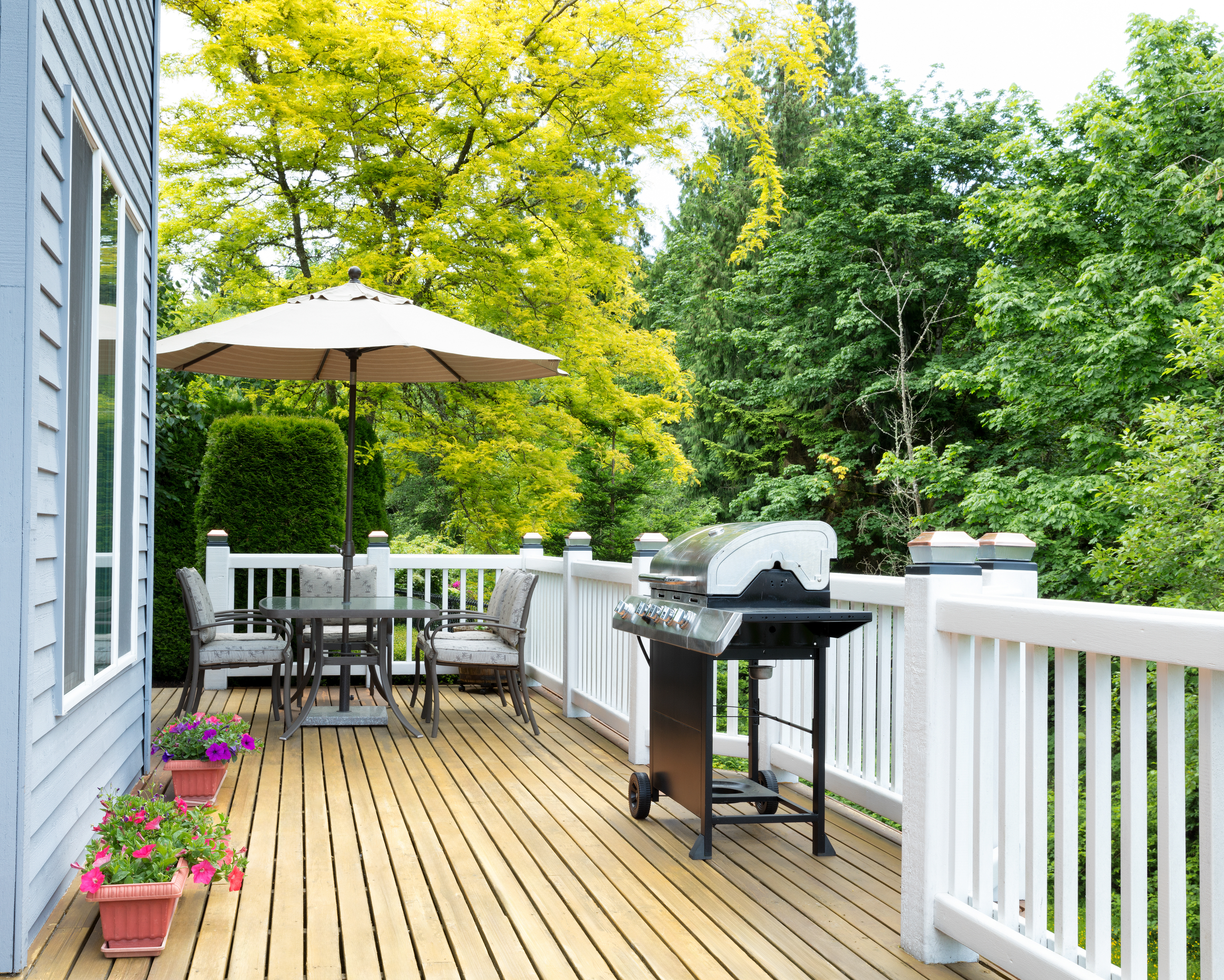
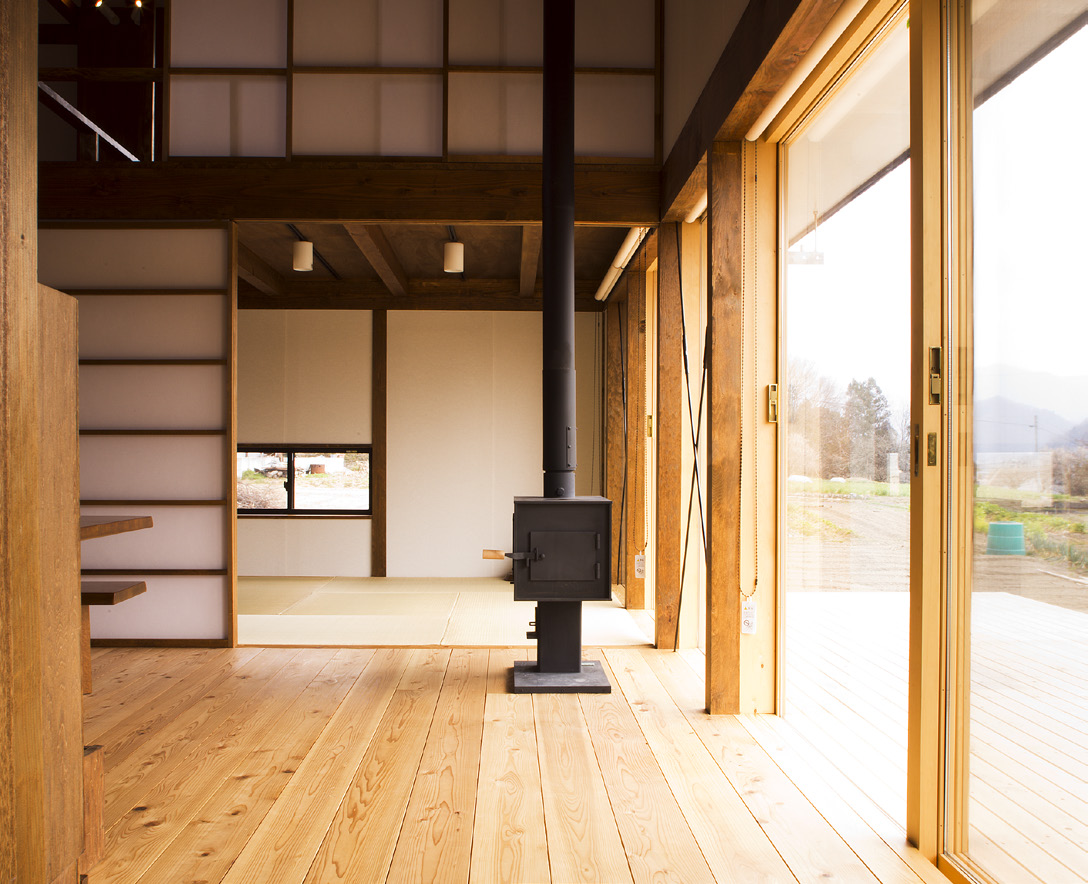
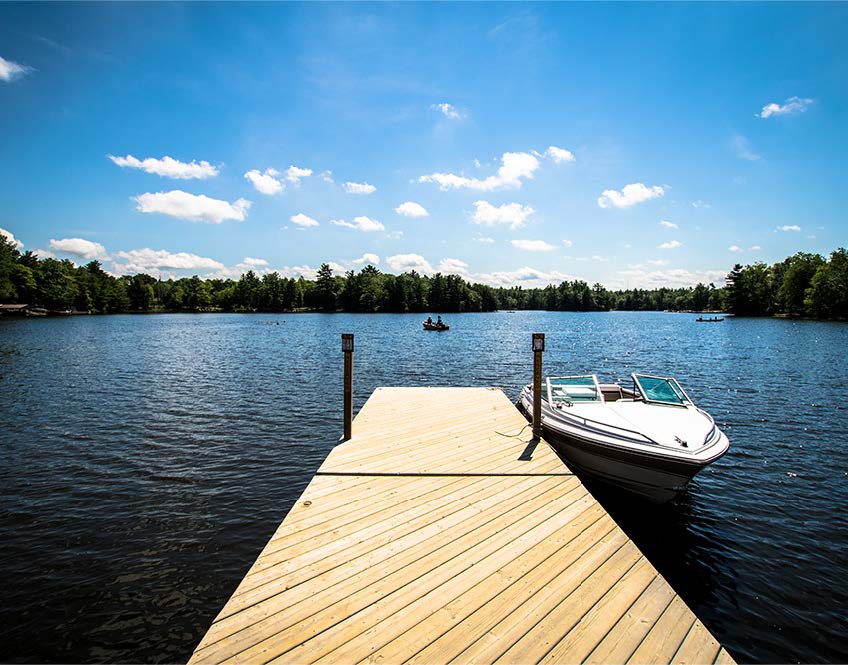
All materials require some maintenance to keep them looking their best.